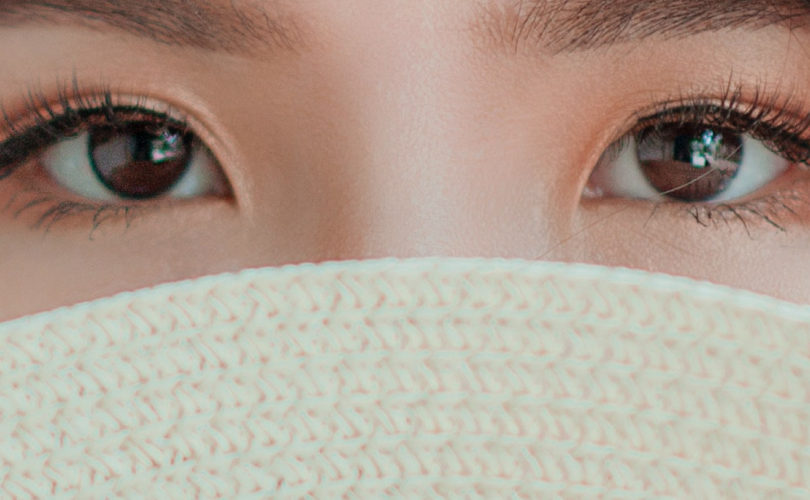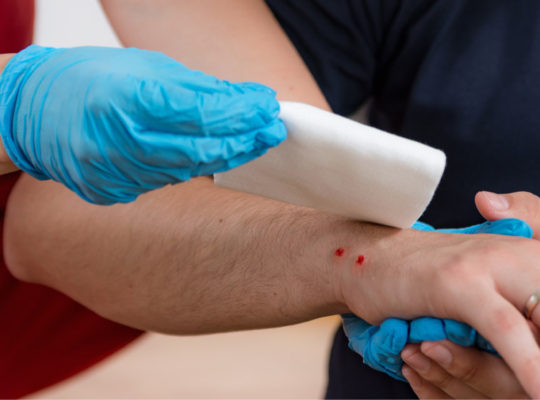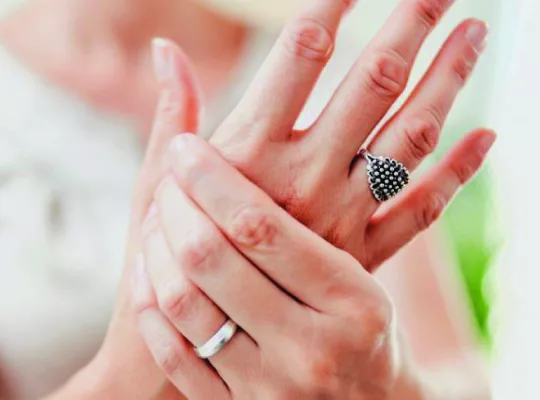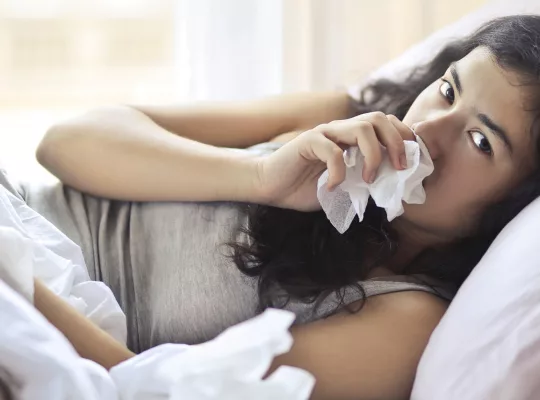Eye injuries are usually very painful. You need to treat eye injuries quickly. Injuries can range from getting liquid or dust in your eye to scratches and imbedded objects.
Particle and Liquid Injuries
When any foreign particle or liquid gets in your eye, follow these steps:
- Flush the eye out with eyewash or tap water if it’s clean. You can also fill an eye cup with solution to flush out your eye or use an eye ointment. Depending on where you live, tap water could contain contaminants or bacteria that could further damage or infect the eye. Different eye liquids, especially chemicals may also react with water and further damage the eye. Liquids that don’t mix with water, like oil, may not come out with just water.
- Blink repeatedly to try and clear out the debris.
- Stay by the sink in case you need to flush the eye out multiple times.
- Repeat until the object is gone and or the discomfort disappears.

Should You Remove an Object in Your Eye?
If there is an object imbedded in your eye, do not remove it. This could lead to further damage and infection. Let a medical professional remove the object and properly treat your eye injury. Try and leave the eye alone as best you can.
How Do You Treat a Scratch or Cut on the Eye?
If the eye gets scratched or cut, do not flush it out or apply any medication unless directed by a doctor. All you need for a scratched or cut eye is to use an eye pad to cover the injury and see a medical professional
How to Care for Eye Injuries
In all cases, it is best to cover the injured eye(s) until you can get to a medical professional. If you get an object stuck in one eye, it is best to cover both eyes. Since eyes can’t move independently of each other, covering both eyes will help keep the injured eye still. If the injured person has nothing to look at, their eyes won’t need to move. This will help protect the eye from further damage. You should also have an eye care kit for emergency cases.
How to Use an Eye Pad
To use an eye pad, simply place the piece of gauze over the injured eye while it is closed, then tape diagonally, securing one end on the forehead and the other on the cheek. There should be a light pressure applied, and so multiple pieces of tape may be necessary.
You can also take a non-adhesive, wrap it twice around the forehead, and on the second time around, bring the bandage below the ear on the side of the injured eye, and then back up towards the forehead, complete this twice and then secure the bandage with tape or a safety pin.
Overview of Caring for Eye Injuries
Eyes are incredibly delicate and need to be assessed by a professional. Generally, caring for an eye injury comes down to keeping it covered, and possibly applying medicine as directed by a doctor. When a foreign object gets in your eye but doesn’t get imbedded or cause a wound, flushing the eye is just about all you need, though keeping it protected is always a good option. However, when something has lodged itself in your eye or caused a wound, flushing can cause complications. Even if you are using a sterile eyewash, those are for external use only. When a wound is involved, that then becomes an internal use since the solution is entering your eye. It’s never a bad idea to always keep an eye dressing unit on hand.







